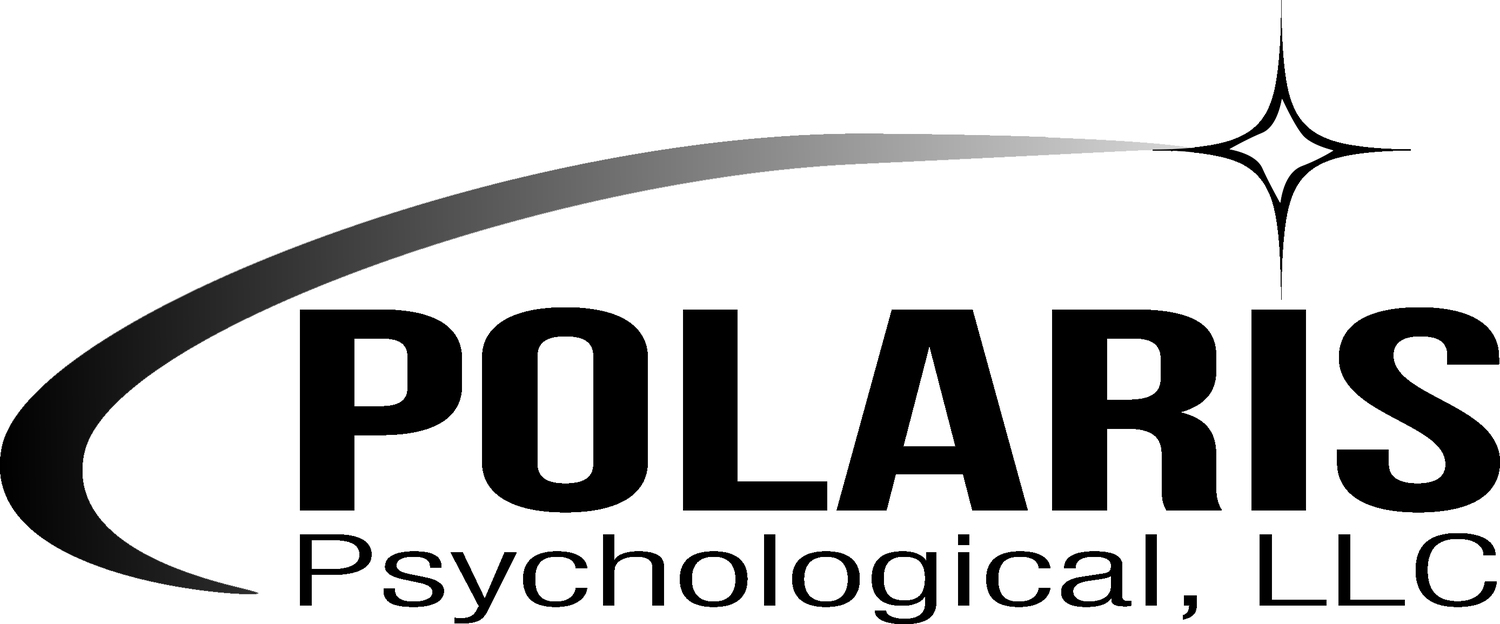DIAGNOSIS & ACCOMMODATIONS
DIAGNOSIS
At times, it is important to make a diagnosis of a presenting problem in order to help tailor interventions and treatment. When applicable and following a thorough evaluation, Dr. Tarnoff will provide documentation of a diagnosis.
ACCOMMODATIONS
Within standardized testing, accommodations come from legal changes ensuring that individuals with disabilities have the opportunity to compete fairly with non-disabled individuals. Accommodations are alterations of procedures that do not change the content.
Research (see Thurlow, Elliott, & Ysseldyke, 2003) classifies types of testing accommodations into five general categories:
- Setting accommodations (e.g., taking a test in a separate location from others)
- Presentation accommodations (e.g., offering the instructions and/or testing items using a different medium – instructions read aloud, ability to highlight material, etc.)
- Scheduling accommodations (e.g., taking tests at different times of the day or in a different order than usual)
- Timing accommodations (e.g., having additional time during a test or having the opportunity for additional breaks)
- Response accommodations (e.g., responding to a test item using alternative means – reporting answers to a scribe, having access to special equipment, etc.)
Instructional accommodations are typically distinguished from testing accommodations. Instructional accommodations increase the chances that a student is able to access the taught content that the test is based upon. Instructional accommodations may include:
- Physical changes (e.g., preferential seating)
- Alterations to the materials provided (e.g., access to class notes ahead of time, visual presentation of material paired with auditory material, etc.)
DOCUMENTATION FOR ACCOMMODATIONS
The following information is generally necessary when applying for accommodations for high-stakes exams like the SATs. Applicants should consider the following when applying for accommodations (Lovett & Lewandowski, 2015):
- a well-documented history (developmental, medical, educational, and psychological);
- a personal statement outlining one’s disability and needs;
- any pertinent school reports (e.g., Evaluation Reports, Reevaluation Reports, IEPs, 504 plans, evidence of interventions);
- all professional reports, including test results as well as formal diagnoses
- evidence of functional impairment in major life activities that could restrict access to test taking
- evidence of prior test accommodations used
TYPE OF ACCOMMODATIONS
The following are different types of Timing and Scheduling Accommodations:
- Extended Testing Time
- Time-Management Aids (e.g., time cues)
- Scheduling Accommodations (e.g., scheduling at specific points in the day)
The following include Student Characteristics that may require accommodations:
- Physical Limitations
- Visual/Auditory Limitations
- Speech and Language Limitations
- Behavioral Limitations
The following include Test-Response Accommodations:
- Use of Word Processor
- Dictated-Response Recording
- Use of Calculators
- Marking Answers in Test Booklets
- Dictionary/Thesaurus Access
- Prior Simulation of Testing Situation
